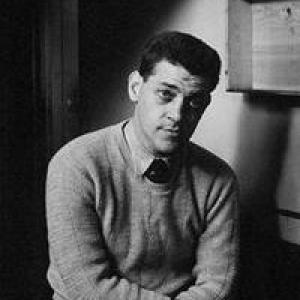
William Steig
Hailed as the “King of Cartoons,” William Steig (1907–2003) produced a staggering 2,600 drawings and 123 covers for The New Yorker during his lifetime. His widow, Jeanne Steig, called him a “tragicomic artist.” An inveterate New Yorker, Steig was the son of Jewish immigrants who encouraged his artistic interests. He published his first children’s book, Roland the Minstrel Pig (1968), at the age of 61. Just two years later he was awarded the Caldecott Medal for the picture book classic Sylvester and the Magic Pebble. After his death, Steig’s cheerfully repulsive ogre Shrek become a Hollywood star.
In 2010, Jeanne Steig generously donated 1,400 artworks by her late husband. It is the Museum’s largest collection by a single artist other than Eric Carle. The Museum organized the exhibitions Heart and Humor: The Picture-Book Art of William Steig in 2004 and William Steig’s Sylvester and the Magic Pebble: A Golden Anniversary in 2019.
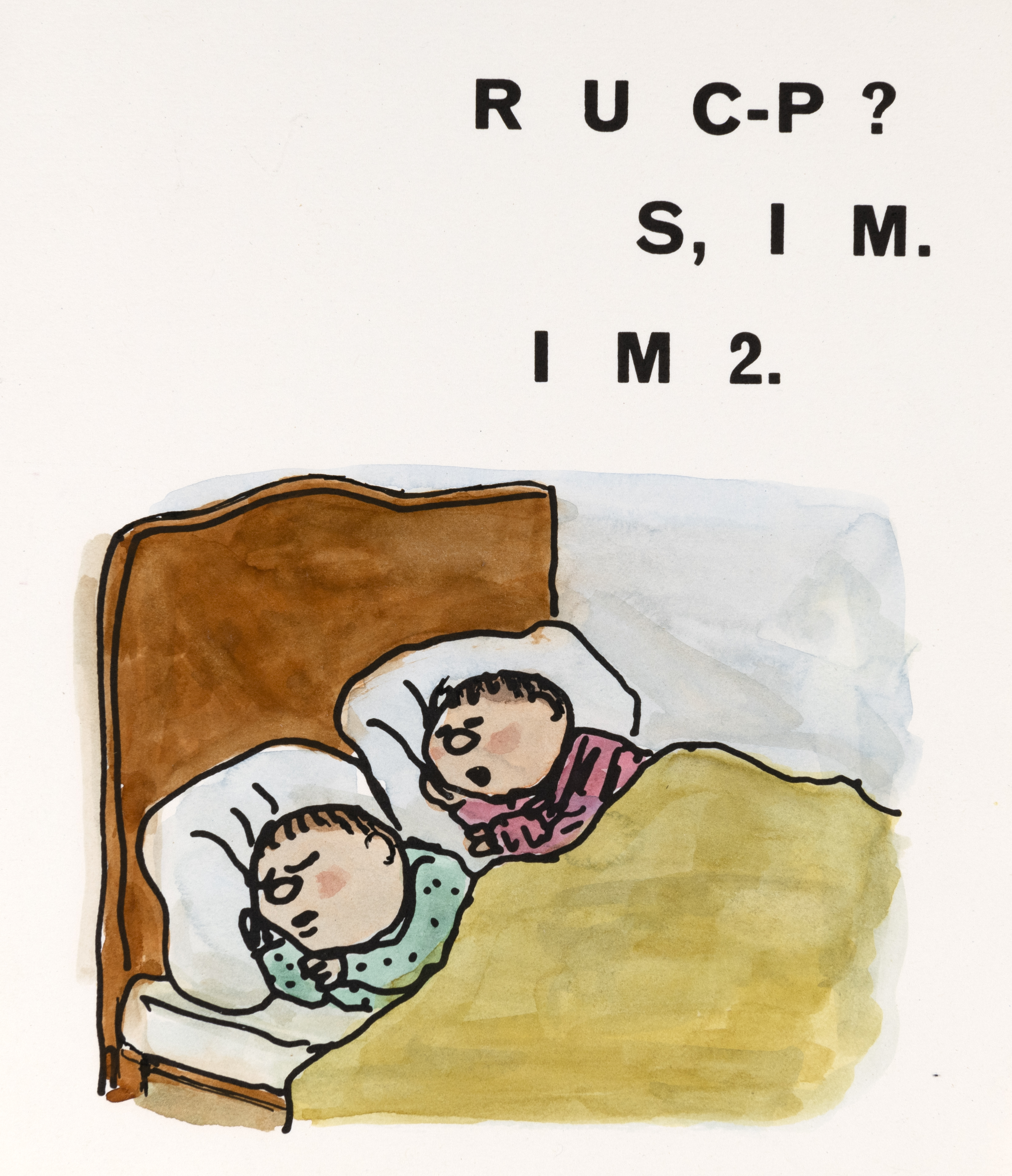
William Steig, Illustration for CDB! (Aladdin). Gift of Jeanne Steig. © 1968 William Steig.
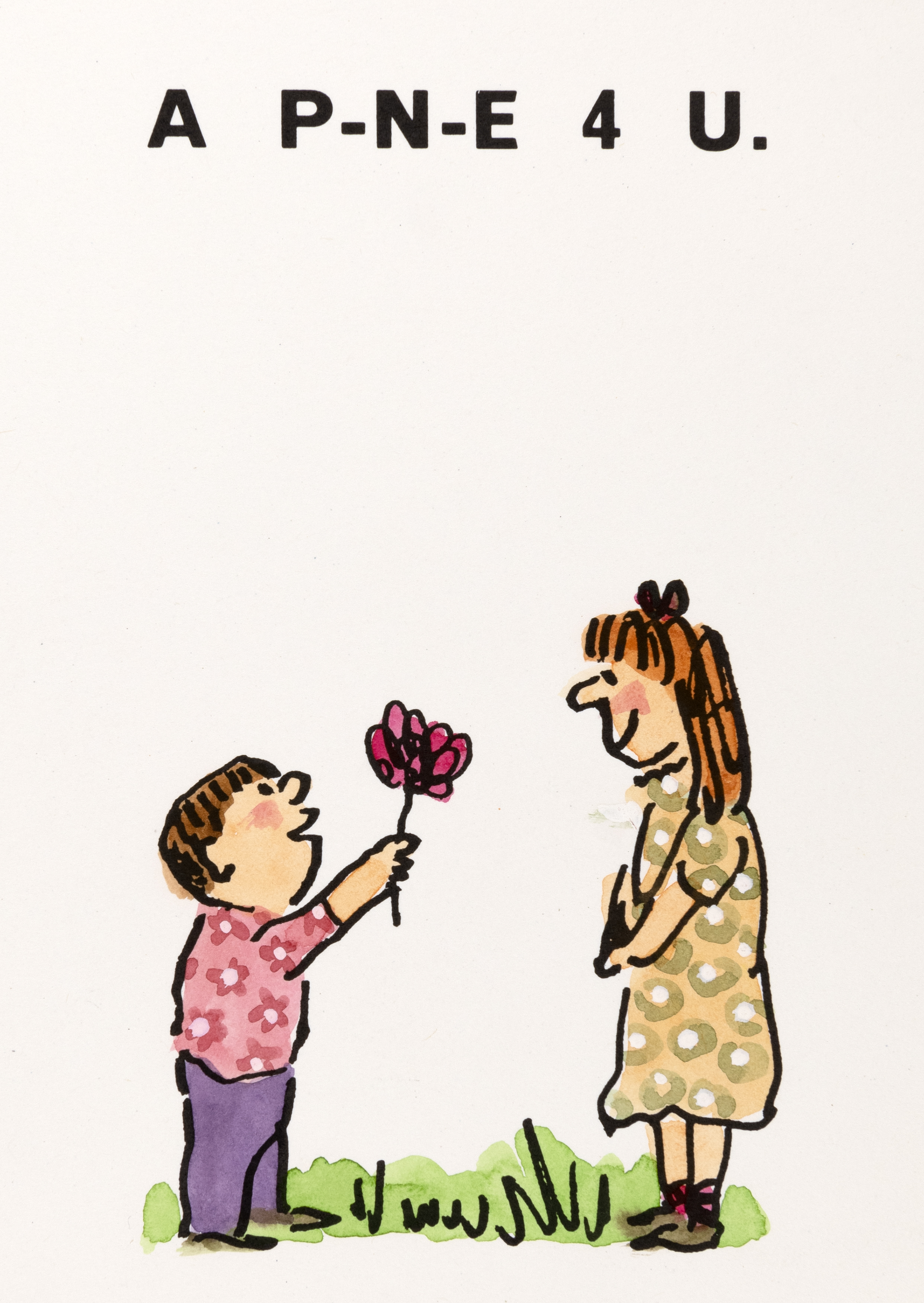
William Steig, Illustration for CDB! (Aladdin). Gift of Jeanne Steig. © 1968 William Steig.

Steig published his first children’s book, Roland the Minstrel Pig, in 1968 at the age of 61. In this scene, Roland bids goodbye to his friends to seek fame and fortune as a singer. Their forlorn faces and the elephant’s lone tear leave no doubt of their sadness. Expressive animal characters are signatures of Stieg’s picture books.
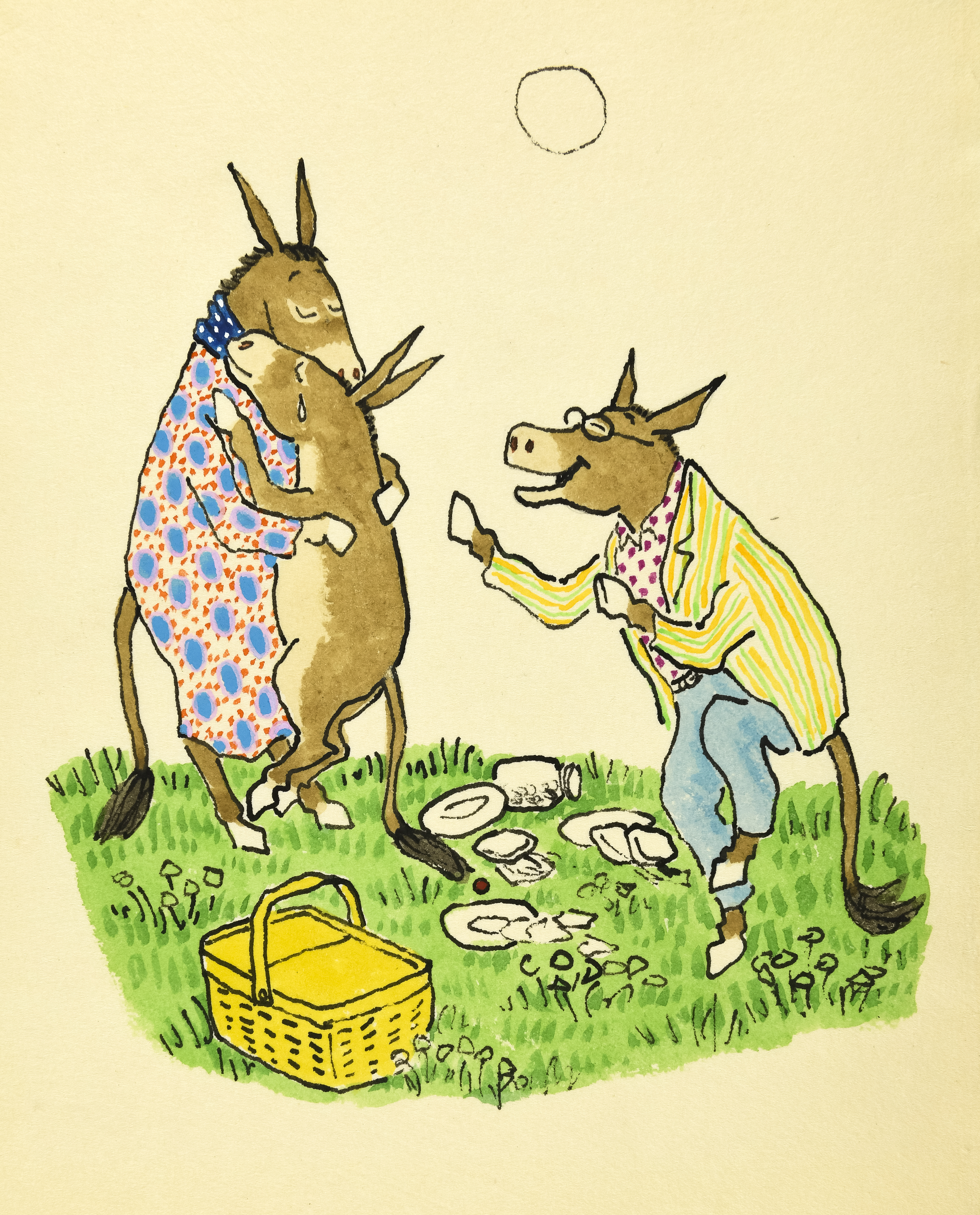
William Steig, Illustration for Sylvester and the Magic Pebble (Aladdin). Gift of Jeanne Steig. © 1969 William Steig.

William Steig, Alternate illustration for Amos & Boris (Houghton Mifflin Harcourt). Gift of Jeanne Steig. © 1971 William Steig.

Amos and Boris follow the tradition of stories in which little friends can be big heroes. When Amos the mouse falls out of his boat, Boris the whale comes to his rescue. How can Amos ever repay him? Readers find out when Boris is beached by a tidal wave.
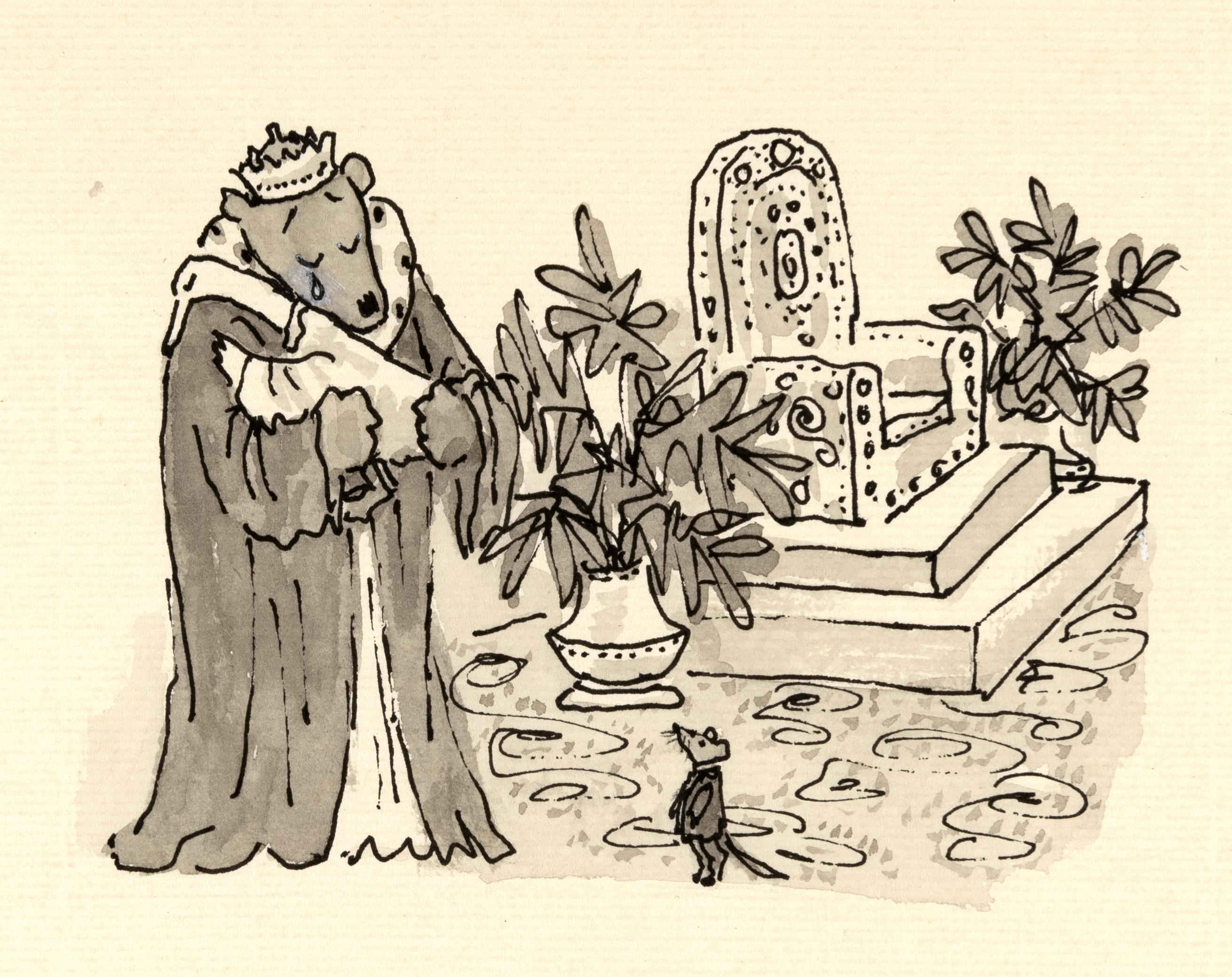
William Steig, Illustration for The Real Thief (Square Fish). Gift of Jeanne Steig. © 1973 William Steig.
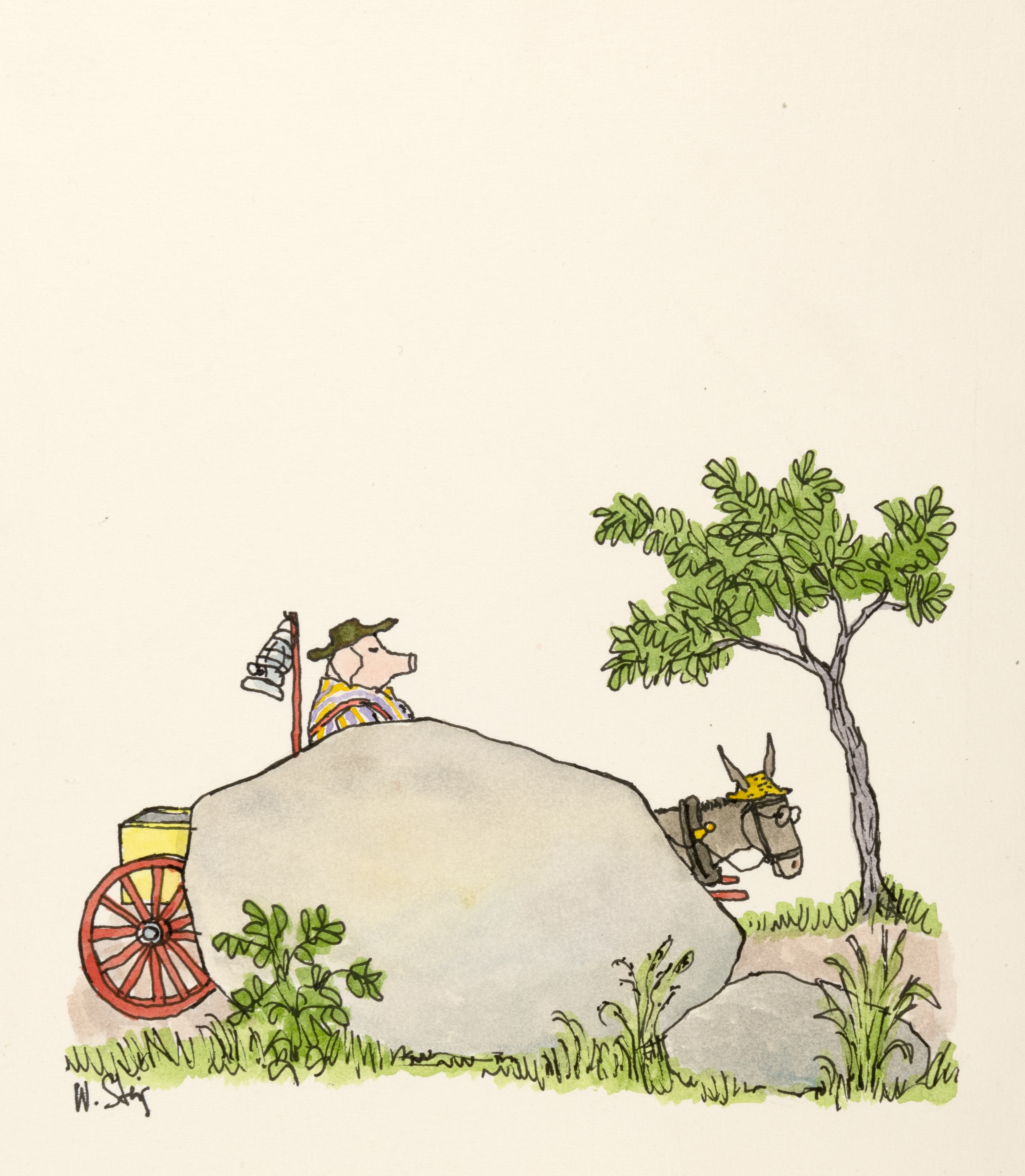
William Steig, Illustration for Farmer Palmer’s Wagon Ride. Gift of Jeanne Steig. © 1974 William Steig.
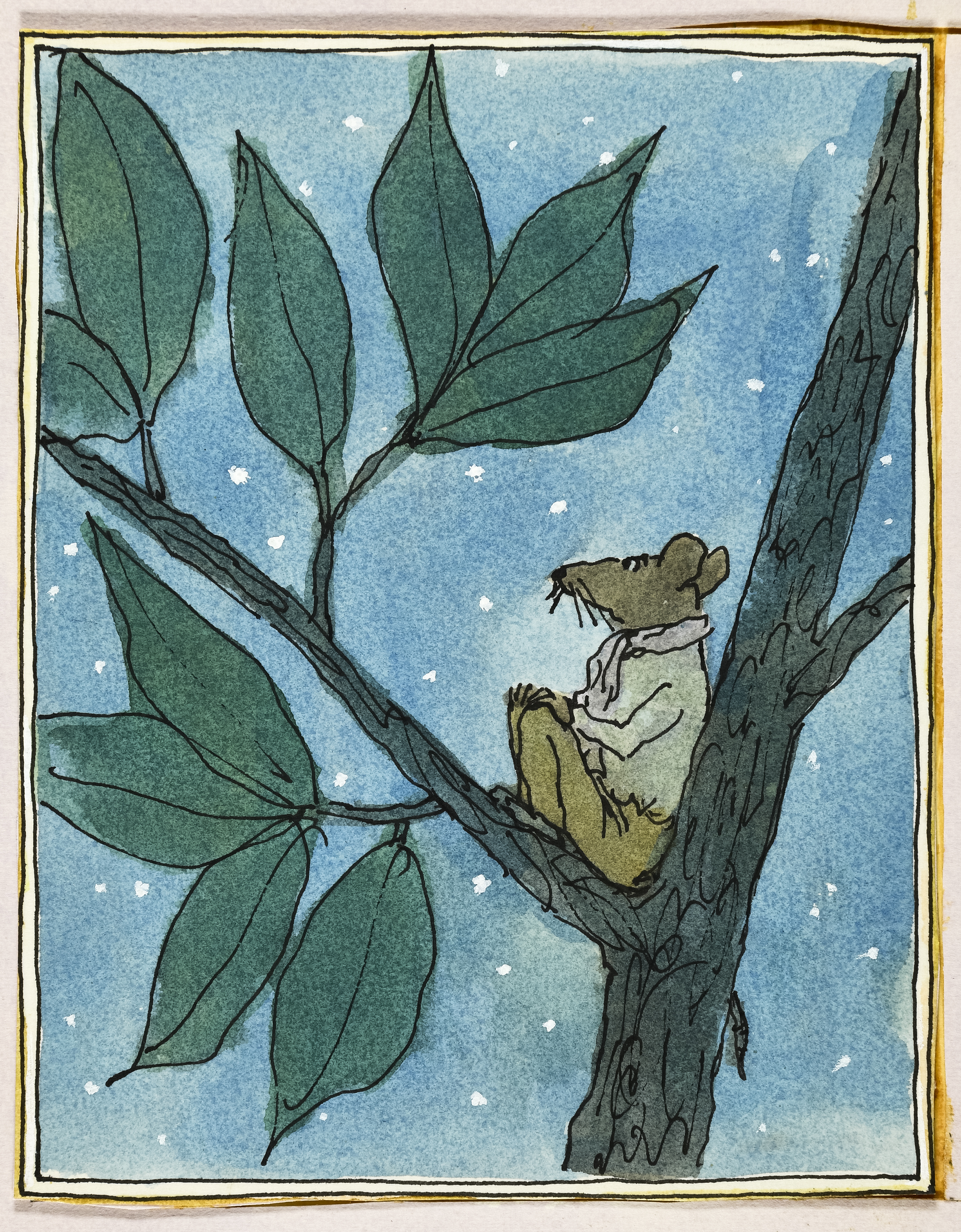
William Steig, Illustration for Abel’s Island (Square Fish). Gift of Jeanne Steig. © 1976 William Steig.

William Steig, Illustration for Gorky Rises (Square Fish). Gift of Jeanne Steig. © 1980 William Steig.
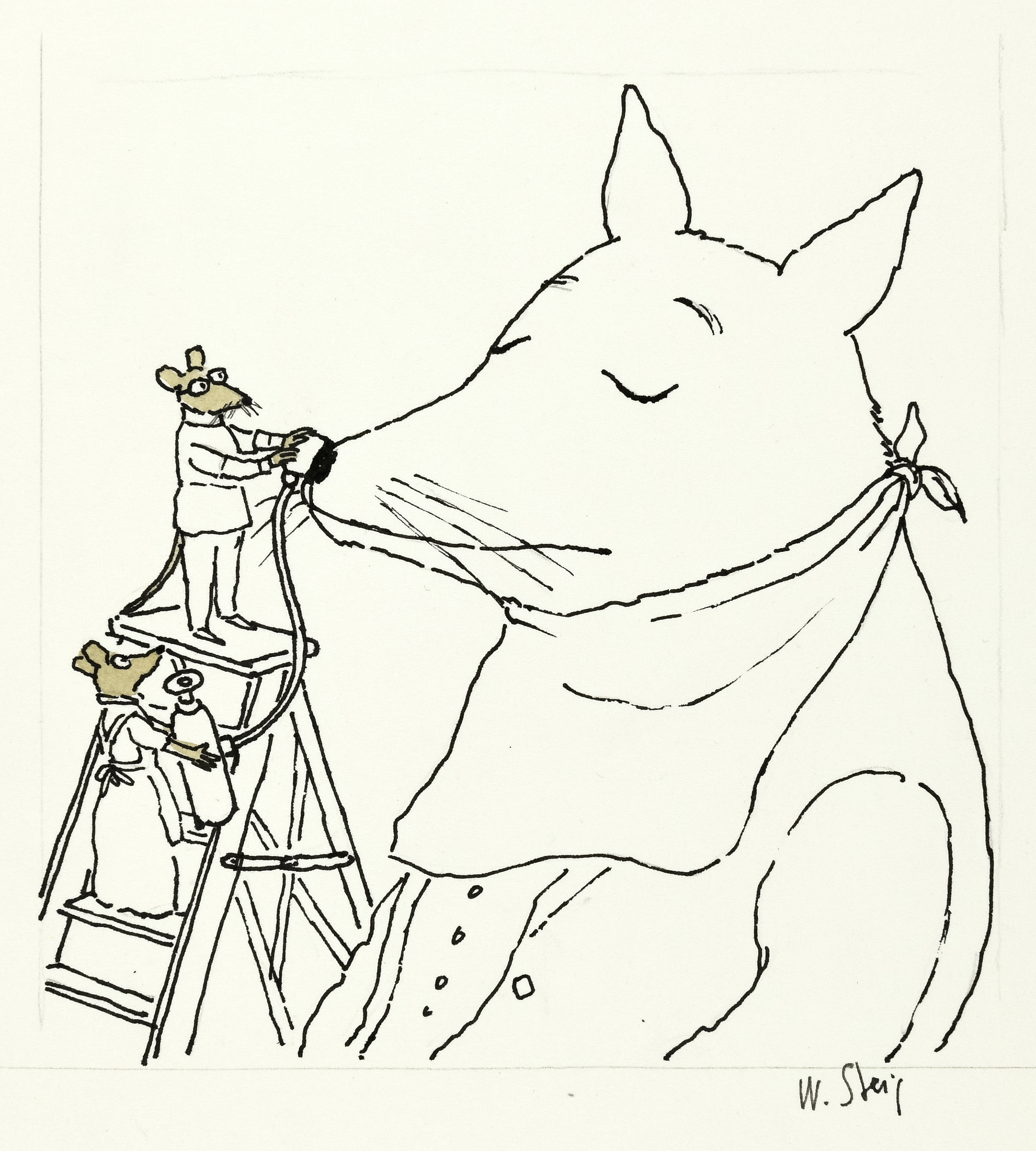
William Steig, Illustration for Doctor De Soto (Square Fish). Gift of Jeanne Steig. © 1982 William Steig.

William Steig, Illustration for Yellow and Pink (Square Fish). Gift of Jeanne Steig. © 1984 William Steig.

William Steig, Illustration for Brave Irene (Square Fish). Gift of Jeanne Steig. © 1986 William Steig.

William Steig, Illustration for Spinky Sulks (Square Fish). Gift of Jeanne Steig. © 1988 William Steig.

William Steig, Illustration for Spinky Sulks (Square Fish). Gift of Jeanne Steig. © 1988 William Steig.

William Steig, Illustration for Shrek! (Square Fish). Gift of Jeanne Steig. © 1990 William Steig.
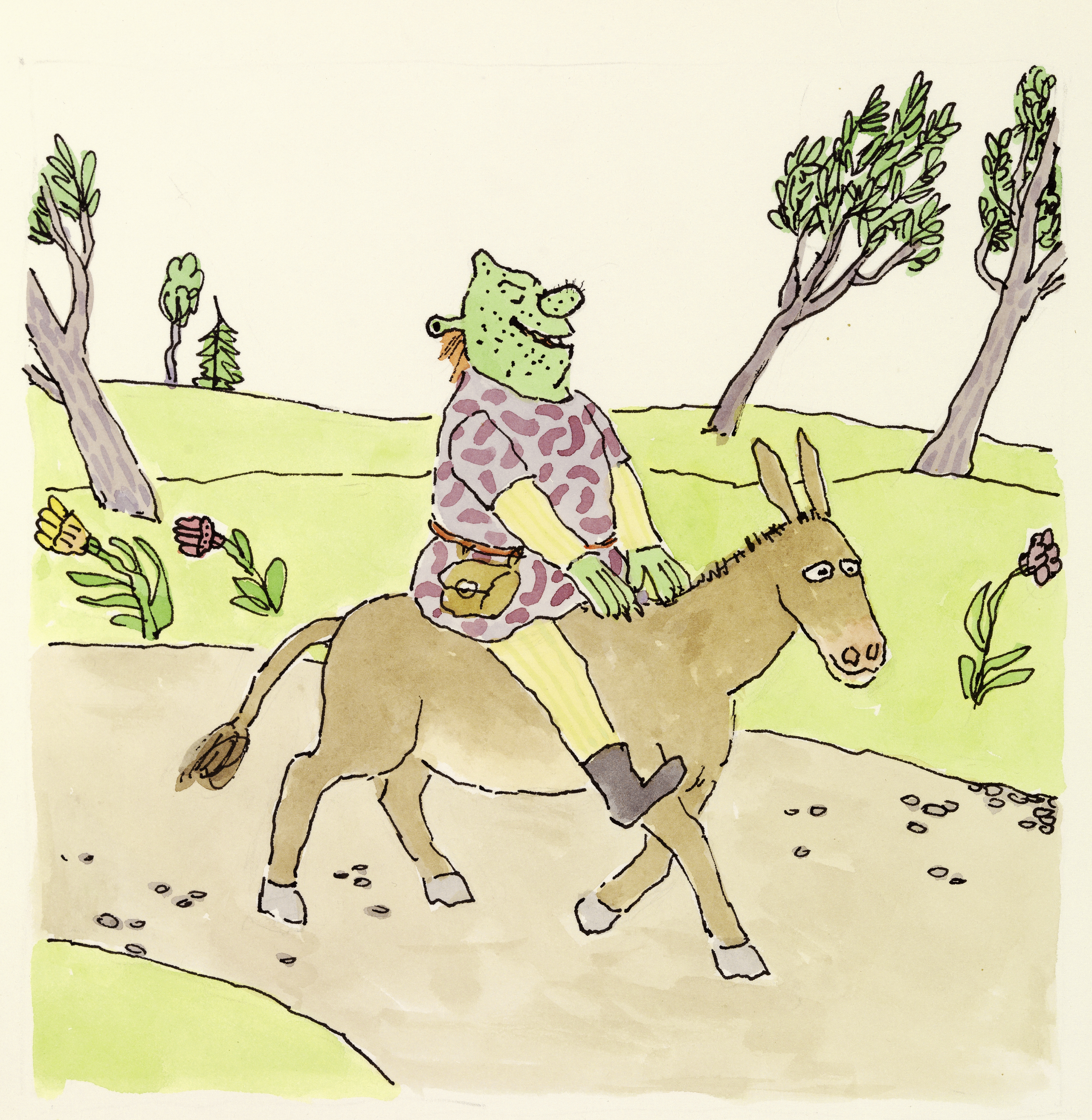
William Steig, Illustration for Shrek! (Square Fish). Gift of Jeanne Steig. © 1990 William Steig.

William Steig, Illustration for Alpha Beta Chowder by Jeanne Steig (Atheneum). Gift of Jeanne Steig. © 1992 William Steig.
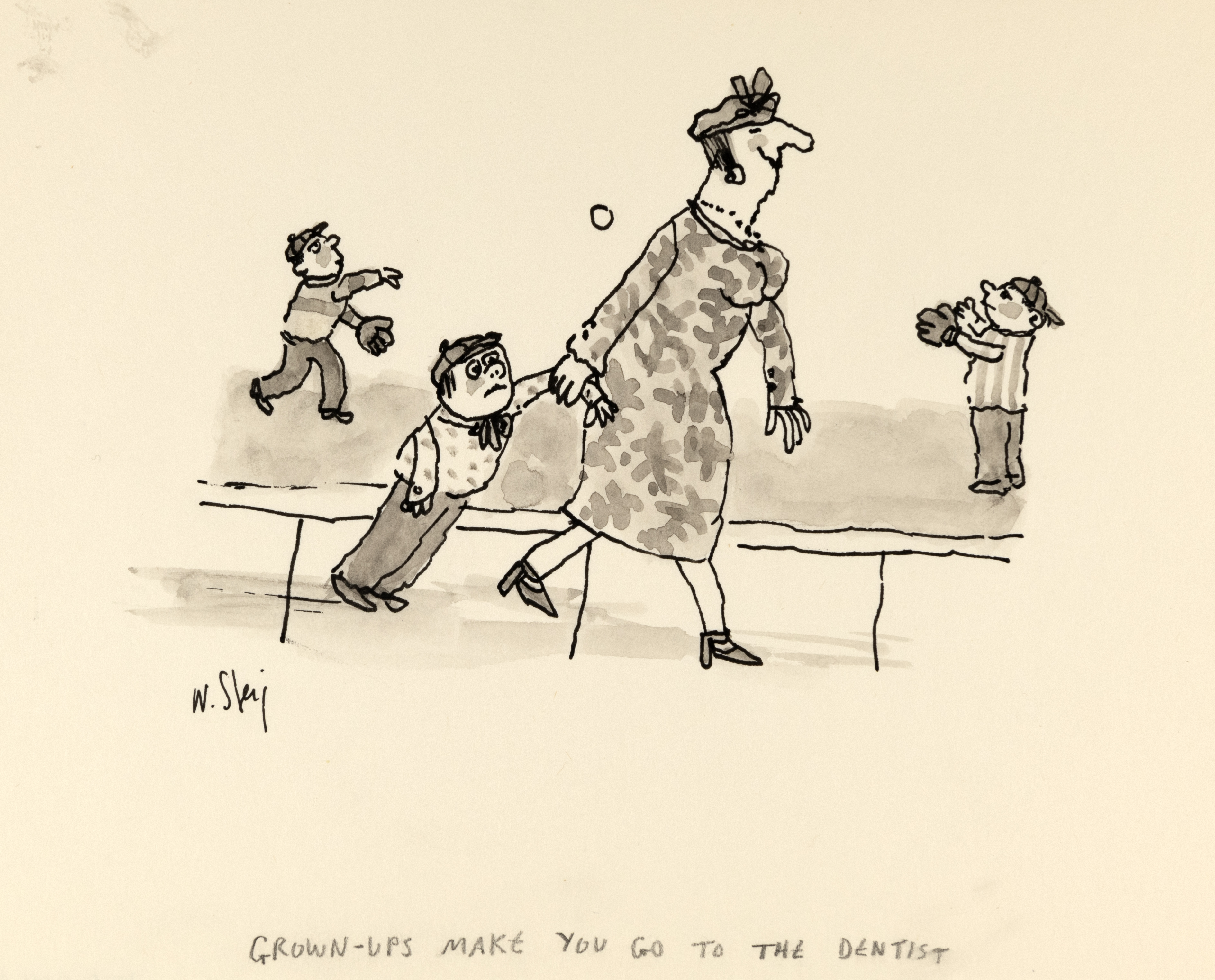
William Steig, Illustration for Grown-Ups Get to Do All the Driving. Gift of Jeanne Steig. © 1995 William Steig.
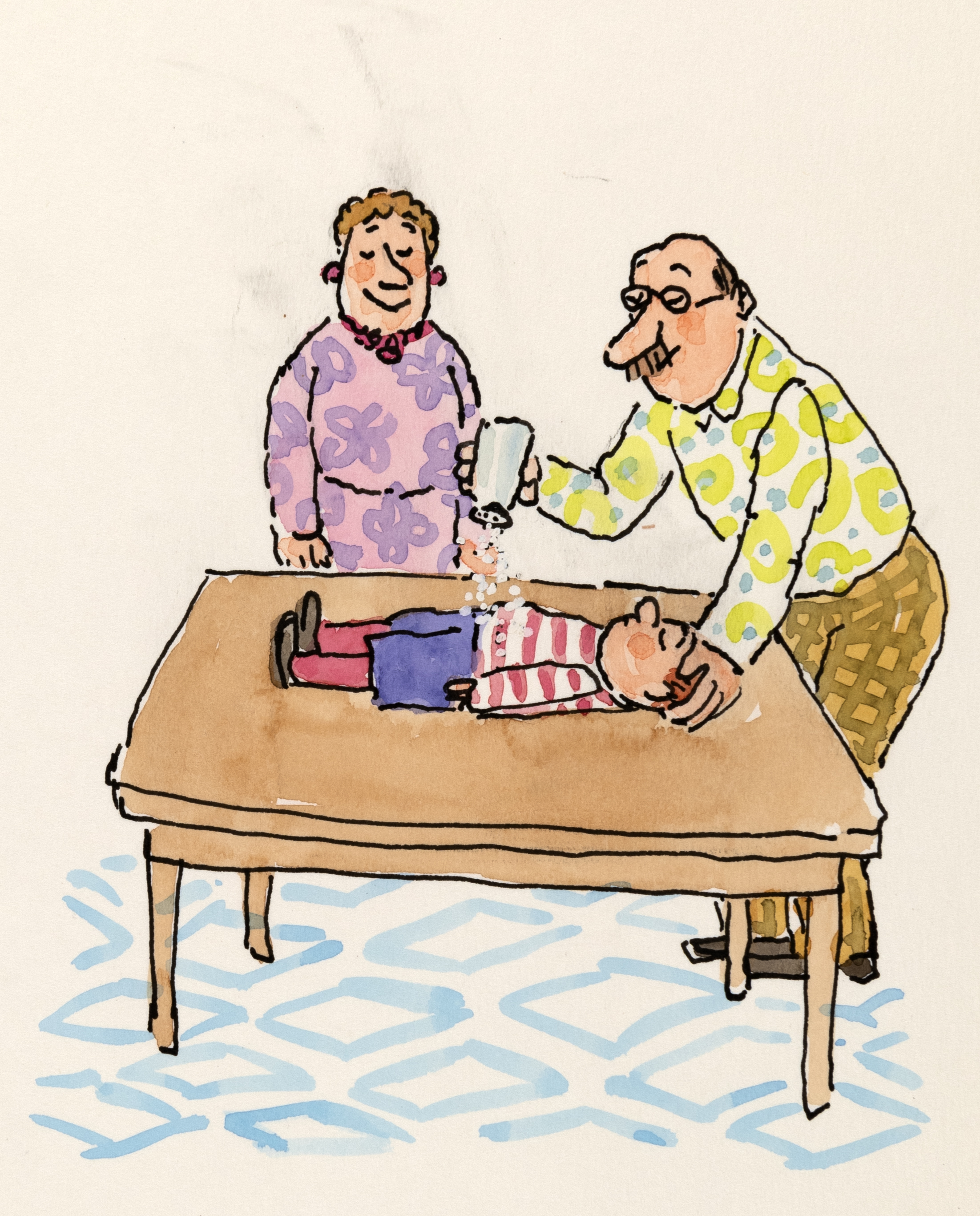
William Steig, Illustration for Pete’s A Pizza. Gift of Jeanne Steig. © 1998 William Steig.

